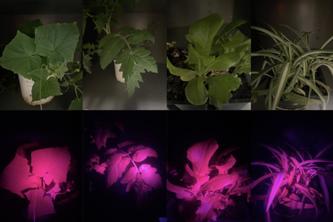
Discovering the next generation of food ingredients
The University of Minnesota’s Plant Protein Innovation Center (PPIC) is the first center of its kind in the nation for plant and other alternative proteins. PPIC was founded in 2018 to bring together researchers—including undergraduate and graduate students—and industry to study and produce sustainable plant protein ingredients. The center is housed in the College of Food, Agricultural and Natural Resource Sciences.
Building a better world Discovering the next generation of food ingredients
As our society becomes more health conscious and concerned with the environment, plant proteins are soaring in popularity.
The Plant Protein Innovation Center focuses on challenges and opportunities identified by the food industry while also addressing global concerns about sustainable food production.

“We’re listening to what the consumer is asking for and we’re listening to industry needs, and it’s all underpinned by what’s good for our environment,”
-Pam Ismail, PPIC founder and director, and professor in the Department of Food Science and Nutrition.
The challenge: How do you make plant proteins behave the way the consumer is used to (animal protein) while maintaining what Ismail calls the three pillars: functionality, flavor, and nutrition.
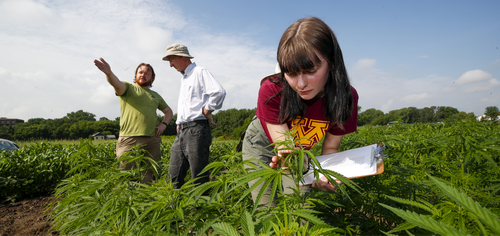
Graduate student Cassie Kaplan examines a hemp plant, the seeds of which are used by PPIC for protein studies. Also pictured are horticultural science professor Thomas Michaels (right) and researcher Colin Jones.
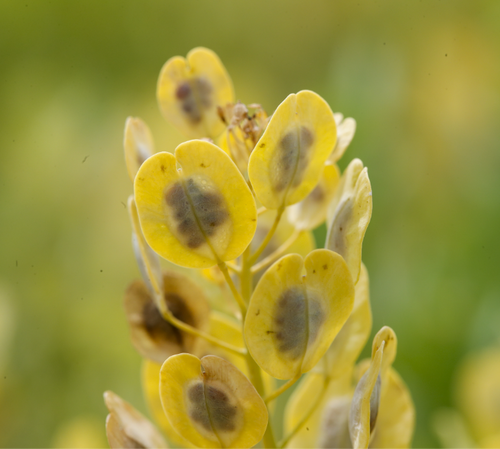
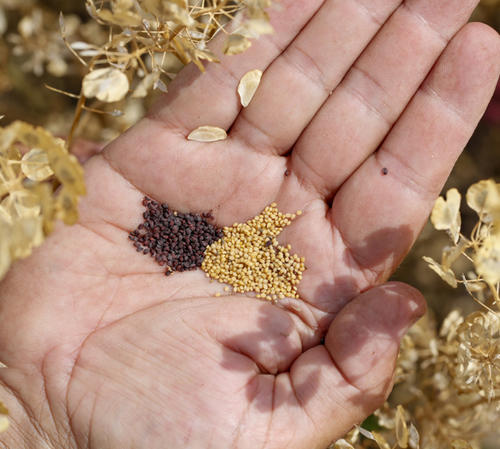
Pennycress, a sustainable short-season cover crop with vast environmental benefits.

Most of the proteins used in the lab are grown right outside PPIC's home on the Twin Cities campus in St. Paul, where fields of hemp, soy, pea, pennycress, and other crops rich in protein flourish.
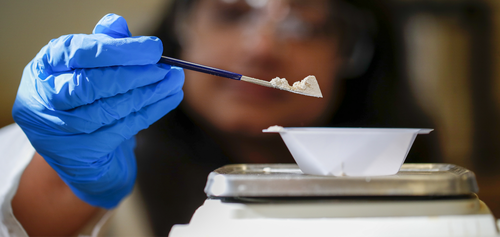
Researcher Charu Gupta weighs a sample to evaluate solubility of the plant protein ingredients.
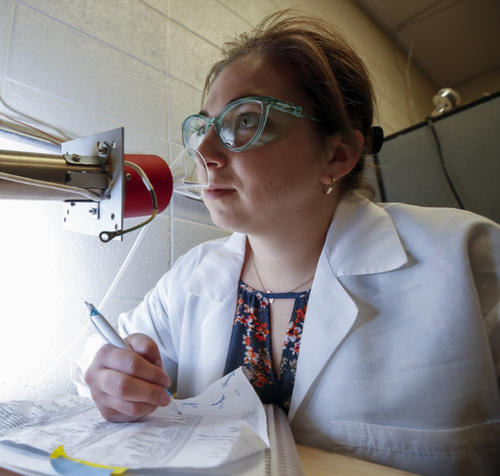
PPIC researcher Abbie Krentz using an olfactometer to evaluate food aromas.
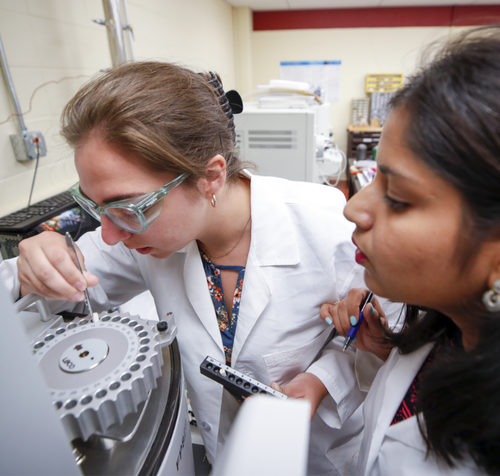
Researchers Abbie Krentz and Madhvi Singh (right) use a nitrogen analyzer to determine protein content in various protein ingredients.
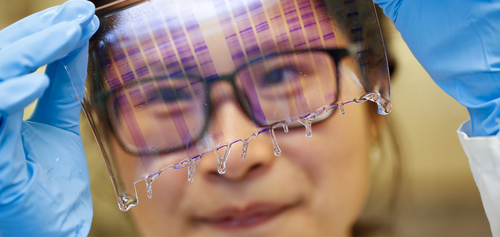
Graduate student Brigitta Yaputri examines a protein profile in a gel.
A recent survey by the College of Food, Agricultural and Natural Resource Sciences found that 31 percent of consumers say they will eat more plant protein over the next five years, while 36 percent of animal product consumers express a clear concern about the environmental impacts of the industry. The future of plant protein is bright, and the University of Minnesota’s Plant Protein Innovation Center is driving discovery and innovation in the field.
The future of plant protein is bright, and the University of Minnesota’s Plant Protein Innovation Center is driving discovery and innovation in the field.
